In the rapidly evolving landscape of smart home technology, security cameras have moved beyond simple video recording. For users invested in the Apple ecosystem, finding the best HomeKit security camera is paramount. It’s not just about capturing footage; it’s about seamless integration, robust privacy features, and instant automation—all managed directly within the familiar Apple Home app.
Choosing the right device can be daunting, however, as the “best camera for HomeKit” needs to meet rigorous standards set by Apple, particularly concerning HomeKit Secure Video (HKSV). This comprehensive guide cuts through the noise, detailing the essential criteria, reviewing the top contenders, and providing technical insights necessary to build a truly secure and responsive smart surveillance system.
Contents
- 1 Why HomeKit Security Matters: Beyond Basic Monitoring
- 2 Essential Features of the Best HomeKit Security Camera
- 3 Reviewing the Contenders: Which Camera is the Best Camera for HomeKit?
- 4 Optimizing Your HomeKit Secure Video Setup
- 5 Common HomeKit Camera Challenges and Solutions
- 6 Making the Final Decision on Your Smart Surveillance System
Why HomeKit Security Matters: Beyond Basic Monitoring
When consumers shop for a security camera, they often focus on resolution or night vision. While these features are important, a HomeKit-enabled camera offers an entirely different layer of functionality and peace of mind, primarily driven by Apple’s commitment to user privacy and ecosystem integration.
Understanding HomeKit Secure Video (HKSV)
HomeKit Secure Video (HKSV) is the defining feature that sets specialized HomeKit cameras apart. HKSV isn’t just a protocol; it’s an end-to-end security architecture.
When an HKSV-enabled camera detects movement, the initial video analysis—determining if the detected object is a person, pet, or vehicle—occurs locally on your Apple Home Hub (usually an iPad, Apple TV, or HomePod). This local processing is crucial because it means sensitive data isn’t immediately streamed to a third-party cloud service for analysis, enhancing privacy significantly.
Only when relevant motion is detected is the encrypted footage uploaded directly to your iCloud+ account. This footage does not count against your standard iCloud storage limits, provided you have a qualifying subscription tier. This reliance on the existing Apple infrastructure simplifies setup and ensures that video recordings are protected by Apple’s industry-leading encryption.
This deep integration into the Apple ecosystem means that the best HomeKit security camera isn’t just a standalone device; it’s a vital component of your overall smart home automation strategy, allowing for complex triggers based on camera activity (e.g., turning on outdoor lights when a person is detected).
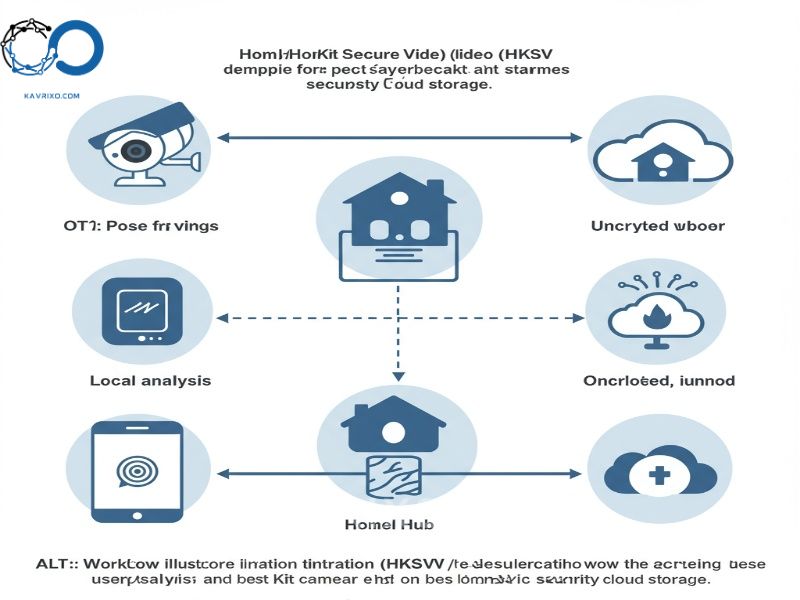
Essential Features of the Best HomeKit Security Camera
Choosing the ultimate surveillance device requires a careful balance between technical specifications and platform compatibility. Here are the core factors to evaluate when determining the best camera for HomeKit.
Resolution and Field of View (FoV)
While 4K resolution is becoming standard in many standalone cameras, HKSV currently limits recorded streaming resolution to 1080p (Full HD). Therefore, chasing cameras with resolutions higher than 2K (1440p) might be overkill if your primary storage method is HKSV.
- Resolution: Look for robust 1080p or 2K cameras. Consistency and clarity at night are more important than raw pixel count.
- Field of View (FoV): A wider FoV (140° to 180°) is generally preferred for covering large areas, but beware of excessive “fisheye” distortion at the edges. Some cameras offer pan/tilt functionality, which can compensate for a narrower fixed FoV.
Power Source and Placement Flexibility
The power source dictates where you can practically install your security device, heavily influencing whether a camera is suitable for indoor or outdoor use.
Wired Cameras
Wired devices typically offer continuous recording capabilities (if supported by the manufacturer’s app, outside of HKSV limits) and eliminate battery anxiety. They are generally the best HomeKit security camera choice for critical, fixed installations like porches or garages where constant uptime is mandatory.
Battery-Powered Cameras
Battery-powered options offer unparalleled flexibility. They are perfect for rental properties, temporary monitoring, or hard-to-reach locations like sheds or fence lines. However, battery life is highly dependent on activity levels. High traffic areas will require frequent recharging, which can compromise security during downtime.
Advanced AI Detection and Activity Zones
HKSV provides powerful native AI features: detection of people, vehicles, and animals. However, some camera manufacturers offer proprietary AI features within their own apps that can complement the HKSV functionality.
- Facial Recognition: Some systems can recognize known individuals, although HKSV primarily flags generic “Person Detected.”
- Activity Zones: The ability to define specific areas within the camera’s view (e.g., excluding the sidewalk while monitoring the driveway) is critical for reducing false alerts. All quality HomeKit cameras must support HKSV activity zones.
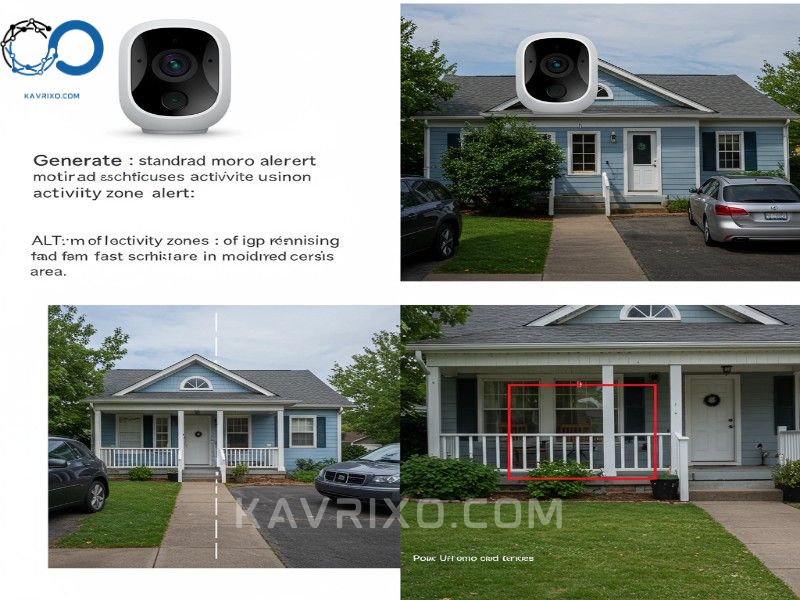
Durability and Weatherproofing for Outdoor Use
For outdoor surveillance, the camera must withstand the elements. You must look closely at the device’s Ingress Protection (IP) rating.
- IP65: Suitable for most outdoor areas; dust-tight and resistant to jets of water.
- IP66/IP67: Offers superior protection against powerful water jets and temporary immersion, making them ideal for exposed locations or areas prone to heavy rain and snow.
Choosing a durable, weatherproof model is crucial for long-term reliability and ensuring your outdoor surveillance remains the best HomeKit security camera solution available year-round.
Audio Capabilities: Two-Way Talk
The majority of modern security cameras include built-in microphones and speakers, enabling two-way communication. This is vital for interacting with delivery drivers, deterring potential intruders, or checking in on pets. Ensure the audio quality is clear and the latency (delay) is minimal, particularly when integrated through the Home app.
Privacy and Encryption (The Apple Advantage)
The major distinction between HomeKit cameras and proprietary alternatives is privacy. When you select a camera that fully supports HKSV, you are opting out of third-party cloud video analysis. All sensitive data remains encrypted and processed via your local home hub before being stored securely in iCloud. This level of privacy is often the deciding factor for users committed to finding the absolute best HomeKit security camera.
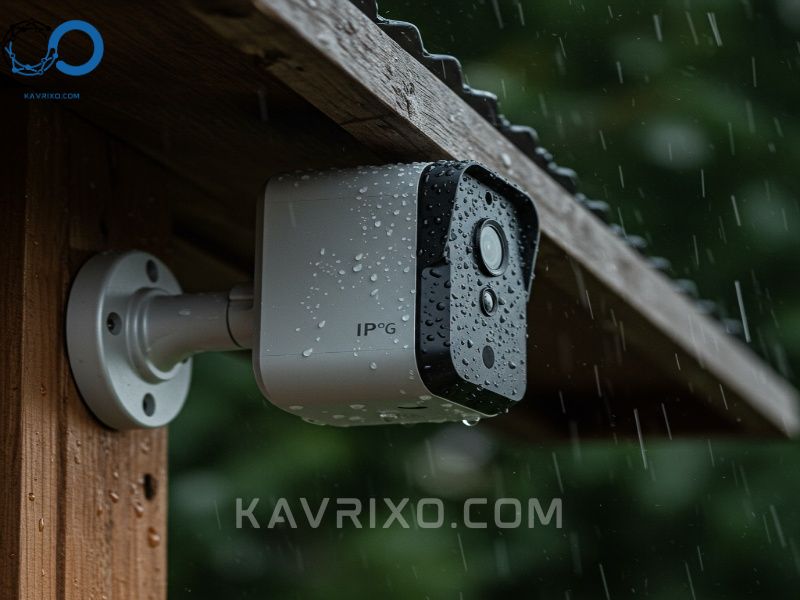
Reviewing the Contenders: Which Camera is the Best Camera for HomeKit?
The market for HomeKit-compatible devices has grown significantly, but not all cameras are created equal in terms of HKSV performance and reliability. Here is a breakdown of the top categories and models.
Best Overall Indoor HomeKit Camera
For monitoring indoor spaces, the priorities shift slightly from weatherproofing to discreet design, reliable Wi-Fi connectivity, and effective night vision.
The Premium Choice: Logitech Circle View
The Logitech Circle View often tops the lists for indoor and covered outdoor use. Its sleek design, 160-degree FoV, and native HKSV support make it an outstanding choice. Logitech committed early and deeply to HomeKit, making this device exceptionally stable within the ecosystem.
- Pros: Excellent build quality, integrated privacy shutter (physical disconnect), wide FoV, and superb HKSV reliability.
- Cons: Higher price point, limited to 1080p resolution.
The Budget-Friendly Contender: Aqara Camera Hub G2H Pro/G3
Aqara provides excellent value, often doubling as a Zigbee hub for other Aqara sensors, which is a significant bonus for complex smart home setups. The G3 model even offers pan/tilt functionality and facial recognition features within its native app, which seamlessly transfers to HKSV. For those seeking the best camera for HomeKit without breaking the bank, Aqara is a strong alternative.
- Pros: Affordable, acts as a smart home hub, offers local storage (microSD card), and flexible mounting options.
- Cons: Native app features can sometimes conflict with HKSV settings if not configured carefully.
Top-Tier Outdoor Weatherproof Options
Outdoor cameras require robust construction and typically need features like floodlights or integrated sirens for active deterrence.
The Reliable Workhorse: Eve Outdoor Cam
Eve has established itself as a brand fully dedicated to the Apple ecosystem, meaning their devices are built from the ground up to prioritize HKSV. The Eve Outdoor Cam integrates a sleek design with a powerful dimmable floodlight. This not only provides high-quality color night vision when triggered but also serves as an effective deterrent. Its wired installation ensures constant power and reliability.
- Pros: Integrated, powerful floodlight, sleek aluminum design, unparalleled HKSV stability, and excellent motion detection sensitivity.
- Cons: Requires wired installation (professional installation may be needed), high initial cost.
The Flexible Battery Option: Arlo Ultra/Pro Series (via HomeKit Hub)
While Arlo’s direct HKSV support can sometimes be complex, their high-end cameras (like the Ultra series) offer superior video quality (up to 4K) and long battery life. Integration usually requires a separate Arlo base station, but once connected, they provide flexibility that wired cameras cannot match. For challenging installations where running wires is impossible, an Arlo system represents a compelling choice for the best HomeKit security camera flexibility.
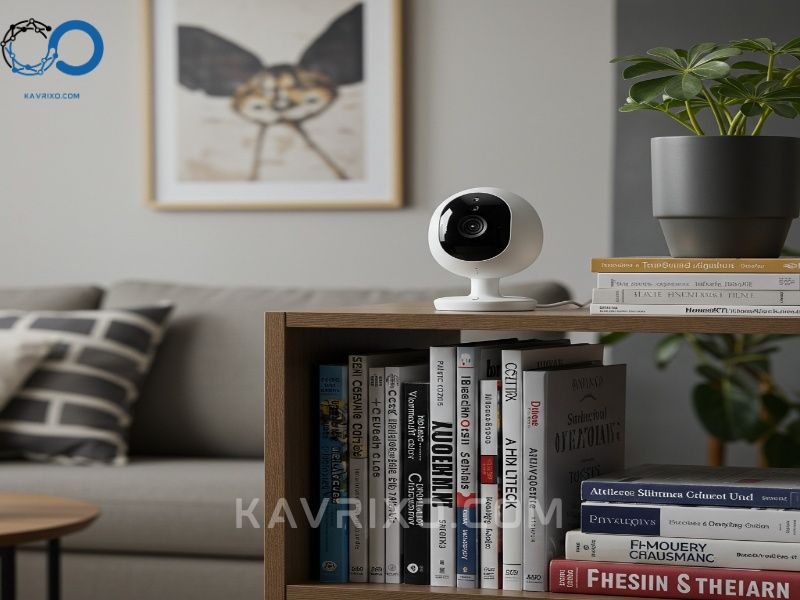
Integrating HomeKit Video Doorbells
The front door is the most common point of entry, making the video doorbell a critical component of any comprehensive security system.
The Definitive HomeKit Doorbell: Ring Doorbell (via Starling Hub) or Native Options
While Ring is owned by Amazon (Alexa), many users already own their hardware. The Starling Home Hub is a third-party bridge that flawlessly translates Ring’s video stream into HKSV, making it a viable option for existing Ring users who want the best HomeKit security camera experience without replacing their hardware.
However, if you are starting fresh, the Logitech Circle View Doorbell or the Aqara Video Doorbell G4 are excellent native options. They offer face detection and full HKSV integration right out of the box, eliminating the need for a bridge. The Aqara G4 is particularly notable for its battery flexibility and chime repeater.
Optimizing Your HomeKit Secure Video Setup
The performance of your best HomeKit security camera is heavily dependent on the surrounding network infrastructure and Apple ecosystem components. A high-quality camera is useless if the video stream buffers constantly or the local analysis fails.
Bandwidth Requirements and Wi-Fi Mesh Networks
Streaming multiple 1080p video feeds simultaneously requires substantial network bandwidth, especially when processing HKSV locally.
- Minimum Upload Speed: Ensure you have ample upload speed. While Apple doesn’t publish hard minimums, 5-10 Mbps of stable upload speed per active streaming camera is a safe estimate, particularly if you are watching the live feed remotely.
- Mesh Wi-Fi: For homes larger than 2,000 square feet, a robust mesh Wi-Fi system (like Eero or Google Nest Wi-Fi) is essential. Security cameras, especially outdoor models, are often placed far from the main router, requiring strong nodes to maintain a stable connection for HKSV processing. Dropped signals or intermittent connectivity will render even the most highly-rated camera useless.
Required Apple Hardware (Home Hubs)
A critical, often overlooked requirement for HKSV is a dedicated Apple Home Hub. This hub is responsible for local video processing and 24/7 connectivity.
You must have one of the following devices permanently connected to your home network:
- Apple TV (4th generation or later)
- HomePod or HomePod mini
- iPad (left plugged in and running iOS 10 or later, though this is less reliable than a HomePod/Apple TV).
Without an active, reliable Home Hub, the camera will still function in its native app (if it has one), but you will lose all HKSV features, including facial recognition, cloud storage, and automated triggers via the Home app. The hub is the brain that makes the best camera for HomeKit truly smart.
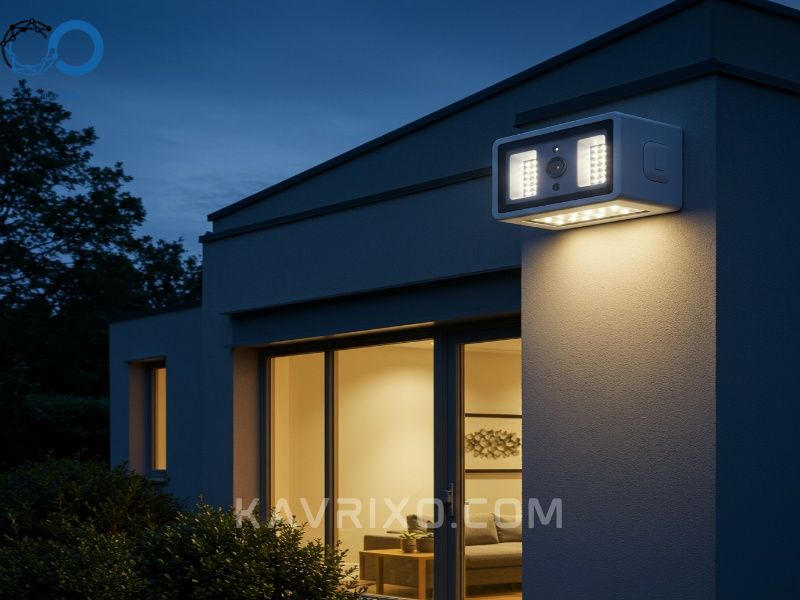
Storage and iCloud+ Subscription Tiers
HKSV storage is managed entirely through your iCloud+ plan. The number of cameras you can use with HKSV depends directly on your subscription tier:
| iCloud+ Tier | Supported HKSV Cameras | Notes |
|---|---|---|
| 50 GB | 1 Camera | Suitable for entry-level monitoring. |
| 200 GB | Up to 5 Cameras | Ideal for small to mid-sized homes. |
| 2 TB or more | Unlimited Cameras | The standard for comprehensive, whole-home coverage. |
Crucially, the storage used by HKSV video recordings does not count against these storage limits. This means if you have the 2TB plan, you get unlimited HKSV storage, plus the 2TB of space for photos, backups, and documents. This pricing structure often makes the total cost of ownership of the best HomeKit security camera systems highly competitive compared to proprietary systems that charge per camera for cloud storage.
Common HomeKit Camera Challenges and Solutions
While HomeKit Secure Video offers unparalleled stability and privacy, users sometimes encounter configuration hiccups.
Connectivity Issues and Home Hub Reliability
The most common complaint is dropped connections or the camera showing “No Response” in the Home app.
- Solution: Ensure your Home Hub is using Ethernet (if possible, like an Apple TV) or is centrally located and connected to a strong Wi-Fi signal (HomePod mini). If you are using a mesh network, ensure the camera is consistently connecting to the nearest, strongest node. Sometimes, simply restarting your Home Hub and router can resolve temporary glitches.
Latency in Live View
A slight delay (latency) between real-time events and the video feed is normal, especially when accessing remotely. Excessive latency, however, hinders the usefulness of two-way talk.
- Solution: Check the camera’s Wi-Fi signal strength within the manufacturer’s native app. If the signal is poor (RSI below -60 dBm), relocate the camera or install a Wi-Fi extender/mesh node closer to the device. High latency can also be caused by network congestion, so verify that other bandwidth-heavy activities (like 4K streaming) are not occurring simultaneously.
Setting Up Custom Automations
One of the greatest strengths of the best homekit security camera is its ability to integrate with other accessories.
- Example: When the camera detects a person late at night, turn on the specific porch light to 100% brightness and play an alert sound on the HomePod.
- Tip: Use the ‘Convert to Shortcut’ feature within the Home app automation editor to create more complex, multi-step actions that go beyond simple on/off commands, maximizing the utility of your surveillance system.
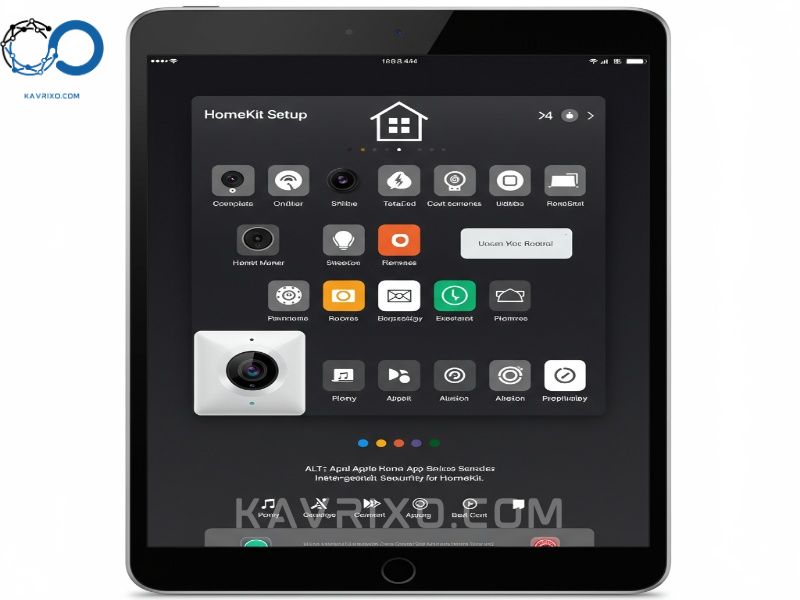
Making the Final Decision on Your Smart Surveillance System
Selecting the best HomeKit security camera is a decision that balances privacy requirements, budget constraints, and installation environment. For those prioritizing absolute privacy, superior HKSV integration, and a seamless setup experience, native HomeKit devices like Eve and Logitech are often the clear winners.
If you require robust outdoor coverage in harsh conditions or need flexible battery power, systems that integrate well with HomeKit via a bridge or native support, like Arlo, might be more appropriate.
Ultimately, the true value of the best camera for HomeKit lies in its ability to fade into the background, providing reliable, private security footage accessible instantly through your iPhone, Apple Watch, or Apple TV. By focusing on robust network infrastructure and maximizing your iCloud+ benefits, you ensure that your smart security system not only meets but exceeds modern surveillance standards. Your investment in HKSV is an investment in an easy-to-use, powerful, and profoundly private security solution for your smart home.
